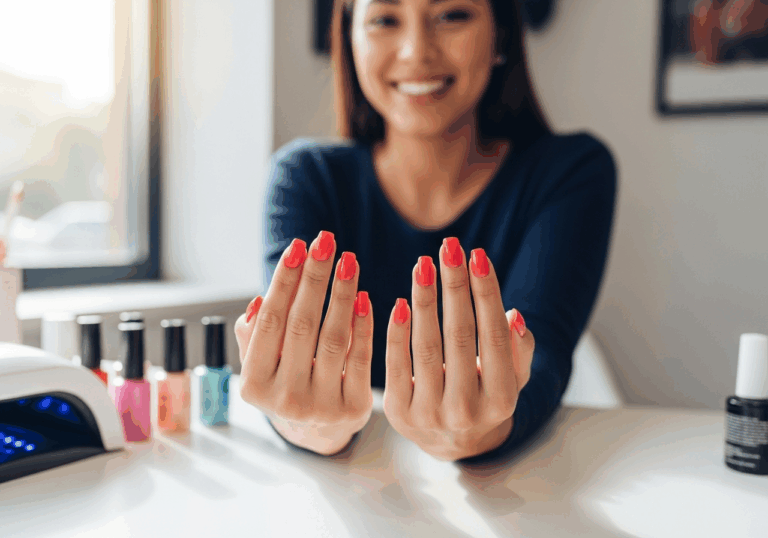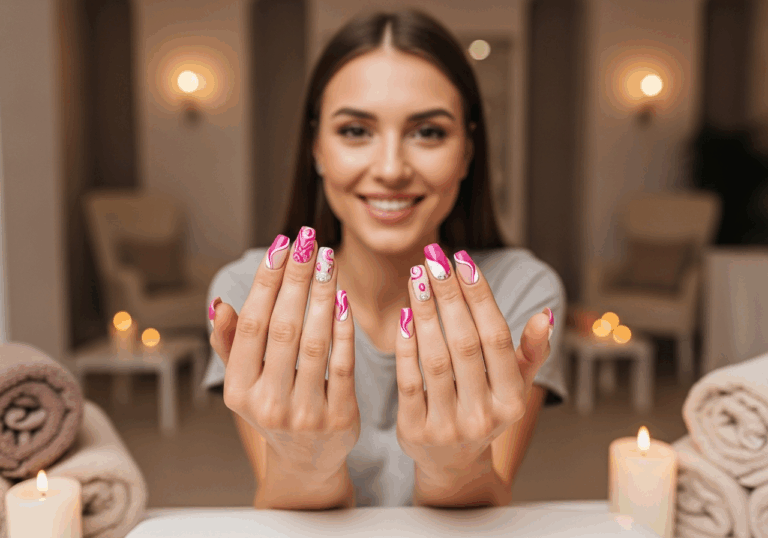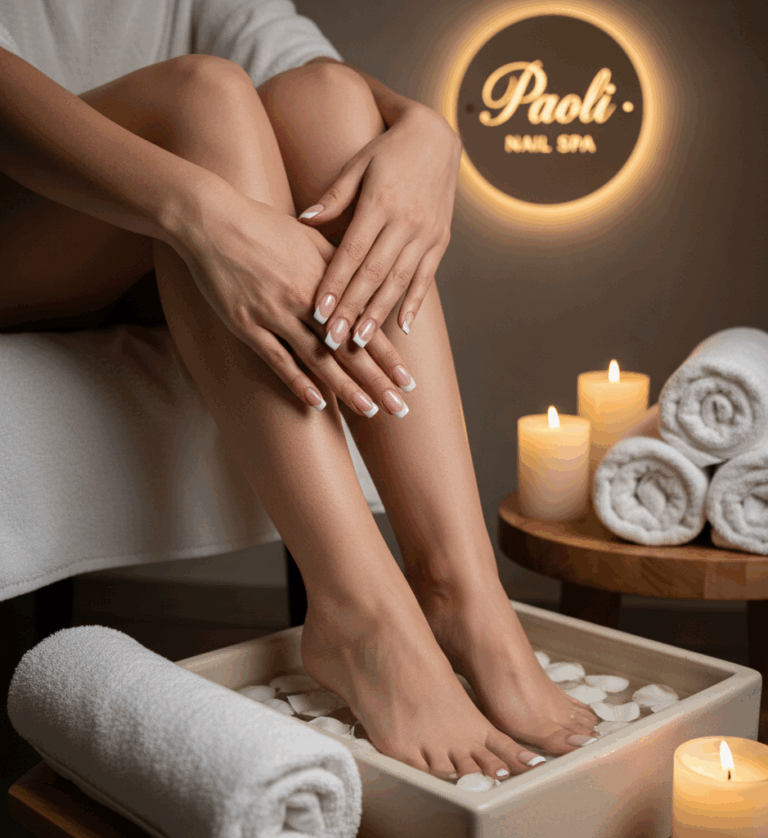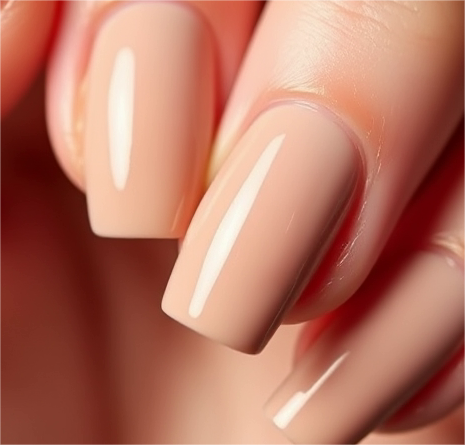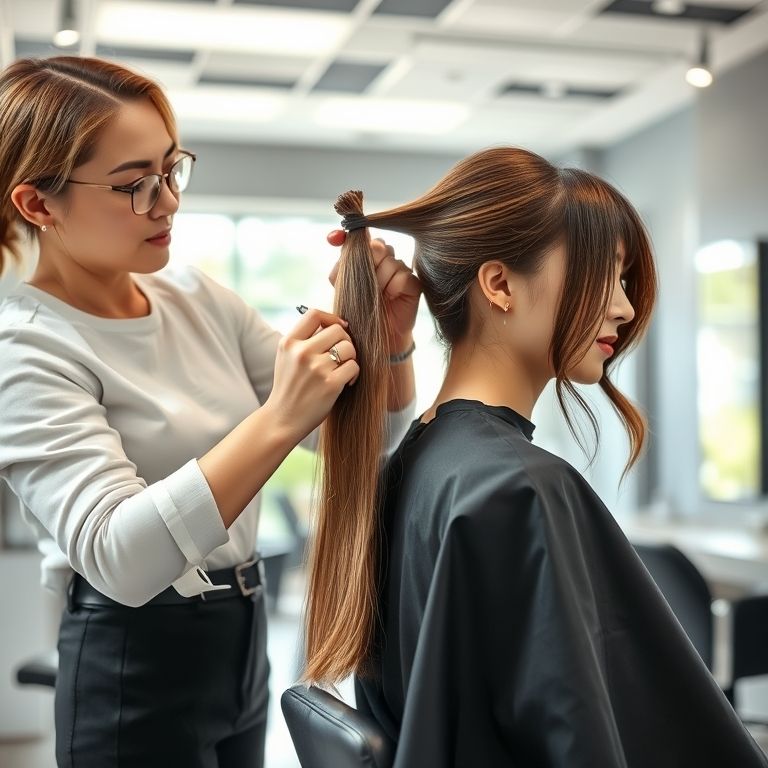Temporary Lashes — A Practical Guide for Beautiful, Safe Lashes | Paolinailspa
1. Are temporary lashes safe for sensitive eyes?
Yes, if you use hypoallergenic glue and avoid overnight wear. Always patch-test first.
2. How long can I wear temporary lashes?
Most are safe for 8–16 hours. Remove before sleeping unless the brand says otherwise.
3. Can I reuse strip lashes?
Yes, up to 5–10 times if cleaned and stored properly.
4. Do magnetic lashes harm natural lashes?
Not usually — they are gentler than glue, but rough removal can still damage lashes.
5. What if I get an allergic reaction?
Stop using immediately, rinse with water, and seek medical advice if irritation continues.
Temporary lashes are a simple, versatile way to elevate your look instantly without the commitment of extensions. At Paolinailspa we help clients choose styles that suit their eye shape, skin sensitivity and lifestyle. This guide explains what temporary lashes are, how to use them safely, how they compare to other options, and professional tips to get the best results every time.
What temporary lashes are and how they work
Temporary lashes are false eyelashes designed for short-term wear. They are commonly available as strip lashes, half-strip or corner pieces, small clusters, and newer magnetic varieties that avoid adhesive entirely. Strip lashes are applied along the natural lash line using cosmetic adhesive; magnetic lashes either clamp above and below the natural lash line or attach to a thin magnetic strip. Because temporary lashes are removable on the same day, they let you experiment with different looks without the upkeep required for bonded eyelash extensions.
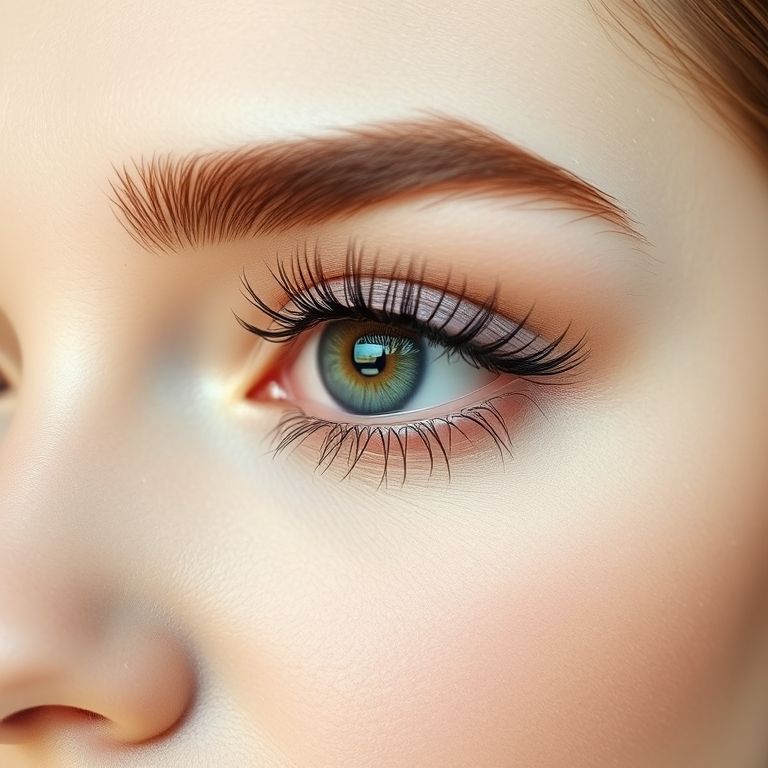
Why people choose temporary lashes
Many people opt for temporary lashes because they offer instant impact with very little long-term maintenance. They’re a popular choice for special events like weddings and photoshoots but are equally useful for anyone who prefers switching between natural and dramatic styles. Temporary lashes are typically more affordable than semi-permanent extensions and can be applied at home or by a technician in a salon setting. For clients who want professional application, you can book an appointment through our booking page.
Safety — what to know before you apply
Temporary lashes are safe for most people, provided you use good-quality products and follow hygiene practices. The main safety issues are allergic reactions to adhesives, mechanical trauma to natural lashes from rough handling, and infections from unclean tools or reused adhesives. To reduce risk, select a hypoallergenic, latex-free adhesive if you have sensitive skin, perform a patch test on your inner forearm 24–48 hours before full application, and avoid sharing lash strips or glue with others. Authoritative guidance on cosmetic safety may be found on the U.S. Food & Drug Administration’s cosmetics pages and the American Academy of Dermatology, both of which provide reliable information about skin and eye sensitivity.
Preparing and applying temporary lashes

Preparation improves both comfort and longevity. Begin by removing any eye makeup and oil from your eyelids with an oil-free cleanser or micellar water so the adhesive can bond securely. Hold the lash strip across your lash line to measure and trim any excess from the outer corner for a natural fit. Apply a thin, even layer of adhesive along the band and wait 20–30 seconds for tackiness; this short pause helps the strip adhere cleanly without sliding.
Use tweezers or a lash applicator for precise placement, pressing gently along the band to secure the center first, then the inner and outer corners. A light touch with eyeliner and a comb-through with a clean spoolie can blend the false and natural lashes seamlessly.
Removing lashes and caring for your natural lashes
Never rip temporary lashes off. Use an oil-based remover or a dedicated adhesive remover to dissolve the bond, placing a soaked cotton pad on the lash line for 20–30 seconds before sliding the strip away from the outer corner inward. After removal, clean the lash band carefully if you plan to reuse it, and cleanse your eyelids to remove remaining adhesive. Give your natural lashes regular breaks from adhesive wear and avoid sleeping in temporary lashes unless the product is explicitly rated for extended or overnight use.

If you notice persistent redness, swelling, itching or any changes in vision, stop using the product immediately and consult a healthcare professional. For more medical safety advice, Harvard Health provides excellent resources on cosmetic safety.
Reusing temporary lashes — what to expect
Good-quality strip lashes can usually be reused several times if handled and stored correctly. After removing glue residue with gentle oil-free makeup remover and keeping the band in a clean case, most premium lashes will maintain shape for multiple wears. Avoid applying mascara directly to the false lash band; if you desire more blending, apply mascara only to your natural lashes before placing the falsies. Replace any lash strip that becomes misshapen, lopsided, or shows significant glue buildup, as an ill-fitting band increases the chance of irritation or improper adhesion.
Magnetic lashes — pros and considerations
Magnetic lashes eliminate glue by using tiny magnets to secure the faux lashes. They can dramatically simplify application for people who find adhesive tricky, and they reduce the risk of chemical irritation from glue. However, they require careful alignment and may feel slightly heavier depending on the design. Avoid magnetic lashes if you have a pacemaker or magnetic-sensitive implant without medical advice, and always follow manufacturer instructions. If in doubt, a consultation with a trained technician can help you decide whether magnetic or adhesive-based temporary lashes are better for your situation; our contact page lists ways to reach our team.
Temporary lashes vs. extensions — making the right choice
Temporary lashes are ideal for occasional or event-specific wear; eyelash extensions are bonded to natural lashes and generally remain in place for several weeks with periodic fills. Extensions deliver a low-maintenance daily effect but require professional application and ongoing salon visits. They also carry a higher risk of damage if improperly applied or if poor-quality adhesives are used. If you’re curious about extensions after experimenting with temporary lashes, schedule a professional assessment so a technician can evaluate your natural lash health and recommend a safe approach.

Choosing styles for your eye shape and lifestyle
When selecting a style, consider your eye shape, how dramatic you want the effect to be, and your daily activities. Lighter, shorter bands work well for everyday wear and for those with smaller or sensitive eyes, while longer, fuller bands create striking looks for evening events. If you have an active lifestyle that includes frequent exercise or heavy sweating, choose waterproof adhesives or consider magnetic systems designed to withstand movement. Our salon team at Paolinailspa can recommend styles and show application techniques that complement your facial features and routine; learn more on our services page.
Professional tips for healthier lashes
Whether you apply temporary lashes at home or have them applied professionally, a few habits preserve lash health: keep tools and storage areas clean, avoid excessive traction when applying or removing lashes, use nourishing serums designed for lash health during recovery periods, and give your natural lashes time to breathe between adhesive applications. If you are prone to allergic reactions or have had past eye infections, consult a dermatologist or ophthalmologist before using new cosmetic adhesives. The American Academy of Dermatology offers practical advice for people with sensitive eyes and skin conditions.
Where to find reliable products and professional help
Buy lashes and adhesives from reputable brands that provide ingredient lists and clear usage instructions. Look for products labeled hypoallergenic and formaldehyde-free when possible. For peace of mind, you may prefer professional application, especially for special occasions; our team at Paolinailspa provides trained technicians and uses salon-grade products to minimize risk. If you want to read more about cosmetic safety and regulations, helpful external resources include the FDA Cosmetics Section and Harvard Health for reliable medical information.
Conclusion
Temporary lashes combine convenience, variety and affordability, making them an excellent option for anyone who wants to experiment with their look without long-term commitment. With proper hygiene, cautious product selection and gentle removal, temporary lashes are both beautiful and safe. For expert assistance, styling recommendations or a demonstration, book an appointment with Paolinailspa through our booking page or explore additional how-to articles on our blog.
External references: FDA — Cosmetics, American Academy of Dermatology, Harvard Health — Cosmetic Safety.
Frequently Asked Questions — Temporary Lashes
1. Are temporary lashes safe for sensitive eyes?
Yes, if you use hypoallergenic glue and avoid overnight wear. Always patch-test first.
2. How long can I wear temporary lashes?
Most are safe for 8–16 hours. Remove before sleeping unless the brand says otherwise.
3. Can I reuse strip lashes?
Yes, up to 5–10 times if cleaned and stored properly.
4. Do magnetic lashes harm natural lashes?
Not usually — they are gentler than glue, but rough removal can still damage lashes.
5. What if I get an allergic reaction?
Stop using immediately, rinse with water, and seek medical advice if irritation continues.
Quiz: Are Temporary Lashes Safe? What You Should Know
Answer 5 quick questions and see your outcome: Strength, Cardio, or Flexibility.

